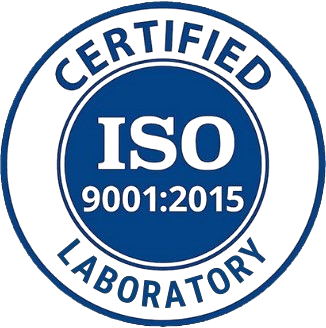
The Oxygen Evolution Reaction (OER) is a key electrochemical reaction that involves the generation of oxygen gas (O₂) from water or hydroxide ions. It is a crucial half-reaction in various energy conversion and storage technologies, such as:
Water electrolysis (for hydrogen production)
Metal–air batteries
Rechargeable fuel cells
Photoelectrochemical water splitting
Basic Reaction Equations
The OER occurs differently depending on the pH of the electrolyte:
Acidic medium:
2H2O→O2+4H++4e−2H_2O \rightarrow O_2 + 4H^+ + 4e^-2H2O→O2+4H++4e−Alkaline medium:
4OH−→O2+2H2O+4e−4OH^- \rightarrow O_2 + 2H_2O + 4e^-4OH−→O2+2H2O+4e−
Thermodynamics and Kinetics
Standard potential: 1.23 V vs. SHE (Standard Hydrogen Electrode) under standard conditions.
Despite the favorable thermodynamics, OER suffers from slow kinetics due to the involvement of multiple proton-coupled electron transfers and the formation of O–O bonds.
Catalysts for OER
Efficient catalysts are essential to reduce overpotentials and enhance OER kinetics.
Noble metal oxides (high performance but expensive):
IrO₂ (iridium oxide)
RuO₂ (ruthenium oxide)
Transition metal-based catalysts (earth-abundant and cheaper):
NiFe layered double hydroxides (LDH)
Co-based oxides (Co₃O₄)
Perovskites (e.g., La₁₋ₓSrₓCoO₃)
Challenges in OER Research
Overpotential: High overpotential is needed, reducing efficiency.
Stability: Catalysts can degrade over time, especially in acidic environments.
Material cost: Noble metals are effective but scarce and costly.
Mechanism complexity: Reaction pathways can vary by material and pH, making mechanistic studies important but difficult.
Emerging Areas
Single-atom catalysts
2D materials (e.g., MXenes, graphene derivatives)
Photoelectrocatalysts for solar-driven water splitting
Machine learning for catalyst discovery and optimization


